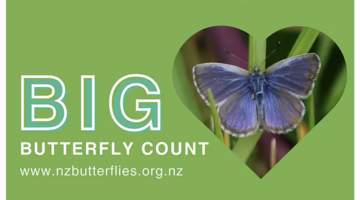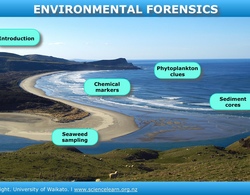

Scientists conduct investigations for all kinds of reasons. They may want to explore new ideas, gather evidence or prove or disprove previous results. Although scientists must follow certain ...
READ MORE

To most of us, one earthworm resembles another. Although earthworms do have common characteristics, species differ widely in their size, skin colour and in the roles they play in the soil ...
READ MORE

Honey bees (Apis mellifera) are the most important pollinators of many cultivated food crops and other flowering plants. These plants would be in trouble without bees, and so would we. Rights ...
READ MORE

In this activity, students consider some of the ethical issues involved with keeping earthworms (and other animals) captive in a classroom setting. By the end of this activity, students should be ...
READ MORE

Insects are one of the largest and most diverse groups of creatures on Earth. There are more than a million known species, yet they all share common physical characteristics. In this activity ...
READ MORE

Poetry with Fred the Thread – upper primary is a ready-to-use cross-curricular teaching resource. It uses a humorous poem read by author and scientist Dr Robert Hoare. Curriculum information This ...
READ MORE

Marine Metre Squared is a New Zealand citizen science project that supports communities to monitor their local seashore. The project has been designed to provide meaningful, valid environmental ...
READ MORE

iNaturalist logs hundreds of thousands of photos of flora, fauna and fungi. There are even sound recordings too. Each is described and geo located. iNaturalist is used by citizens and scientists ...
READ MORE

This New Zealand-based citizen science project collects data about butterflies in our gardens, schools, parks and farms – any location in the country or on the outer islands. This annual event – ...
READ MORE

To most of us, one earthworm resembles another. Although earthworms do have common characteristics, species differ widely in their size, skin colour and in the roles they play in the soil ...
READ MORE

This unit plan is designed for students in years 1–5. When someone mentions the word ‘butterfly’, what image pops into your head? Chances are it’s the monarch or the white butterfly, as these are ...
READ MORE

In this online PD session recorded on 30 July 2015, primary school teacher Angela Schipper describes how she used the Butterflies resources from the Science Learning Hub in the classroom. In ...
READ MORE
View Dr Mark Goodwin of Plant & Food Research working with honey bees at an open hive, using smoke to calm them. Hear about some of things that Mark finds amazing and exciting about bees and ...
READ MORE
Watch varroa mites (white juveniles and brown adults) on honey bees and learn how they spread viruses that kill bee colonies. Dr Mark Goodwin of Plant & Food Research shows hives being ...
READ MORE
To the untrained eye, one earthworm often resembles another. Once you take a careful look, you’ll notice that, although earthworms have much in common, there are many differences too. Jargon ...
READ MORE

Learn more about introduced and native earthworms in Aotearoa New Zealand. Use the Slideshow menu for further options, including view full screen, and go here for the download option.
READ MORE

Explore this interactive diagram to learn more about life in the sea. Click on the different labels to view short video clips or images about different parts of the marine ecosystem. Select here ...
READ MORE

Dr Candida Savage explains the clues she collects in estuaries and fiords, to understand how changes in land use affect these environments. Click on the labels to watch the videos for more ...
READ MORE